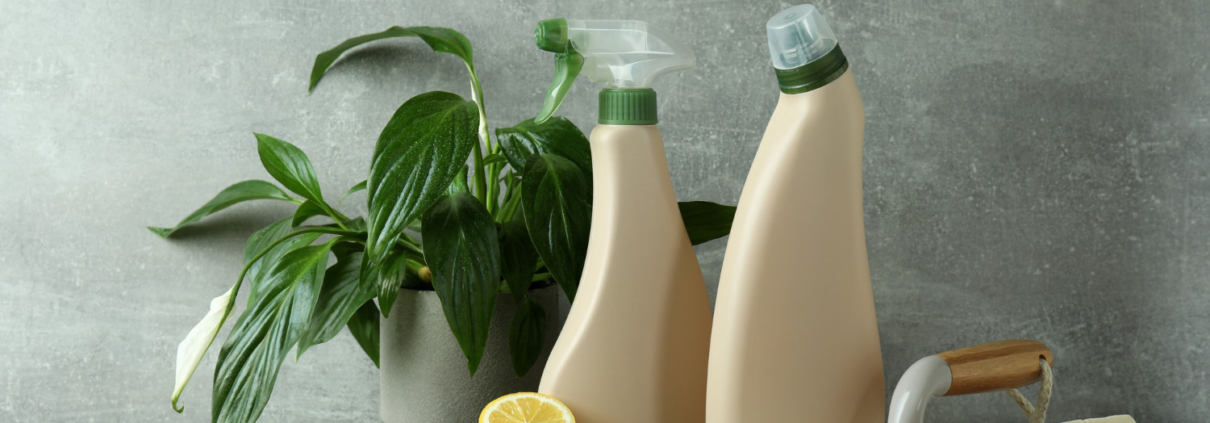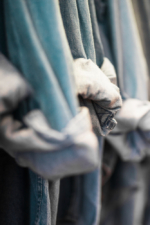Eco Detergents vs Regular: Is the Price Difference Worth It?
Eco detergents have surged in popularity, but many shoppers still wonder if the higher shelf price truly pays off. The real answer depends on the formula, the fabrics you wash (cotton, linen, silk, merino), skin sensitivity, and how precisely you dose and launder.
What counts as “eco”?
Eco detergents typically use readily biodegradable surfactants, avoid optical brighteners and chlorine, and keep fragrances minimal or more transparent. Third-party certifications (EU Ecolabel, Nordic Swan, Ecocert) set criteria for ingredients and manufacturing. That doesn’t make all “regular” detergents bad by default, but certified labels add accountability.
Regular detergents — strengths and trade-offs
They are usually cheaper and excellent at stain removal thanks to enzymes, optical brighteners, and stronger surfactants. The trade-off is potential irritation for sensitive skin, colour fading on delicate fabrics, and formulas that may be too harsh for wool and silk. Heavy synthetic fragrances also tend to linger in fibres.
Impact on fabrics and wardrobe longevity
Natural fibres retain softness and elasticity when washed with gentler, neutral-pH formulas. Wool benefits from dedicated wool detergents with lanolin; enzymes/optical brighteners can damage keratin fibres. If garments last longer because you wash them gently, you save money over time — a lifecycle benefit that doesn’t show on the price tag.
Does the premium pay for itself?
Often, yes, when:
-
You or your family have sensitive skin or prefer low/no fragrance.
-
You frequently wash natural/delicate fibres (merino, silk, linen).
-
You use concentrated eco formulas correctly — the dose per load is smaller, so the cost per wash can be comparable to, or lower than, budget products.
-
You value lower environmental impact and clearer ingredient disclosure.
When a regular detergent is sufficient
-
For heavily soiled workwear and synthetics where maximum stain-cutting is essential.
-
If you choose a low-fragrance, phosphate-free formula and dose accurately.
Smart buying checklist
-
Read labels; avoid optical brighteners for delicate colours and wool/silk.
-
Look for independent certifications (EU Ecolabel, Nordic Swan, Ecocert).
-
Use a dedicated wool wash with lanolin for knitwear and merino.
-
Adjust dosage to water hardness; overdosing leaves residues and wastes money.
-
Pre-treat stains (soap paste, mild oxygen bleach on colour-safe items) instead of cranking up the dose.
Bottom line
Eco detergents’ higher price is frequently justified once you factor in skin comfort, garment longevity, and environmental considerations. With proper dosing, the per-wash cost may be very close to regular detergents — while your robes and pyjamas stay softer and look better for longer.



